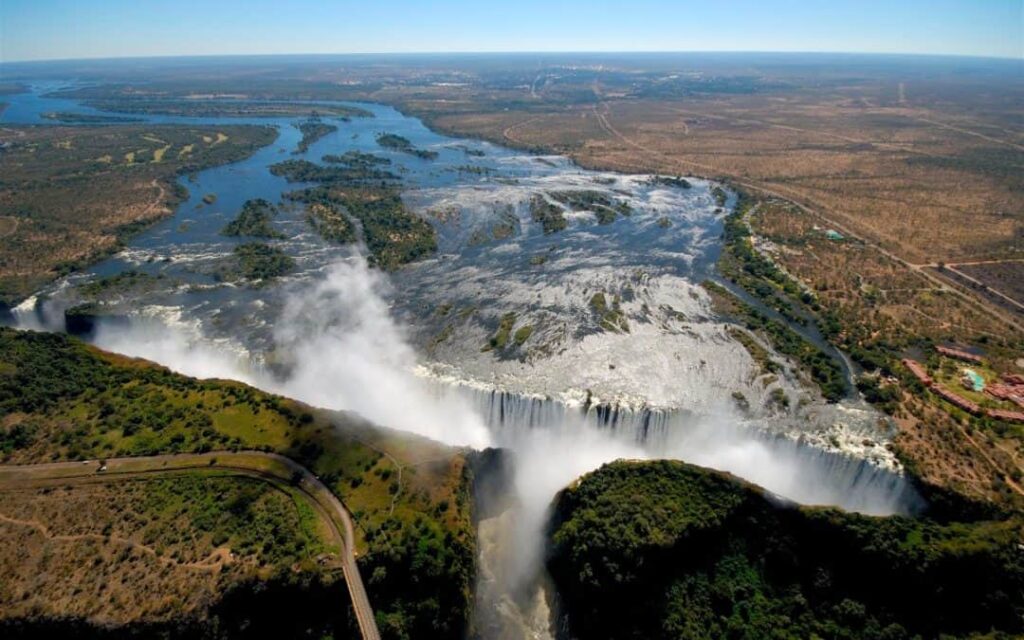David Livingstone, the Scottish missionary and explorer, is widely credited as the first European to record and publicize Mosi-oa-Tunya (“The Smoke That Thunders”), now also known as Victoria Falls, in 1855.
Here’s the breakdown:
- Local Knowledge: Long before Livingstone’s arrival, the Tonga and Lozi peoples (and other indigenous groups) living along the Zambezi River knew the falls by the name Mosi-oa-Tunya, describing the thunderous roar and mist that rises from the plunging waters.
- Livingstone’s Expedition: On November 16, 1855, Livingstone was guided by local people to the site. Awestruck by its beauty, he described it as “scenes so lovely must have been gazed upon by angels in their flight.”
- Renaming: Livingstone named the falls “Victoria Falls” in honor of Queen Victoria of Britain. This colonial name became widely used internationally, though the traditional name Mosi-oa-Tunya remains in use today, especially in Zambia.
- Impact: Livingstone’s accounts helped put the falls on European maps and drew international attention to the Zambezi region.
Today, both names are recognized: Mosi-oa-Tunya / Victoria Falls, one of the Seven Natural Wonders of the World and a UNESCO World Heritage Site.


